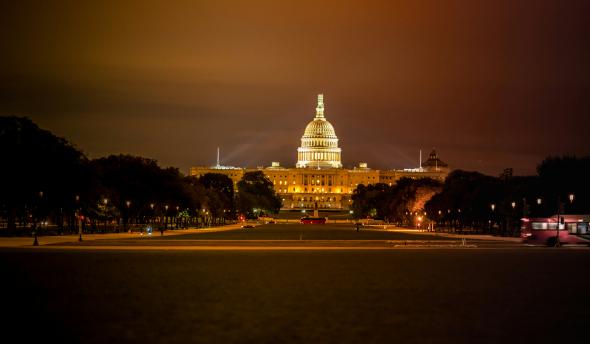
The International Code Council (ICC) published the 2024 International Energy Conservation Code (IECC) on Aug. 14. The IECC is a model code that sets minimum requirements for energy efficiency for residential and commercial buildings. It is the most adopted energy code in the country and is recognized as the national model energy code for low-rise residential buildings in federal law.
ICC publishes a new edition every three years for states and municipalities to adopt, amend and enforce in their jurisdictions. The residential provisions of the IECC also provide the basis for International Residential Code (IRC) Chapter 11 Energy Efficiency. Read-only versions of the 2024 IECC and the 2024 IRC Chapter 11 are available online for free, and full access versions are available for ICC Digital Codes subscribers. PDF downloads and physical codebooks will be available soon in the ICC online store.
The publication of the 2024 IECC completes a three-year code development cycle unlike any other before it.
In March 2021, the ICC Board of Directors voted to develop the 2024 IECC through a standards development process separate from the governmental consensus process it uses to develop most of the other I-Codes, including the International Building Code and International Residential Code.
Several NAHB members and staff actively participated on the committees and subcommittees tasked with developing the 2024 IECC — devoting significant time and effort to ensure the code includes solutions that:
- Prioritize cost-effectiveness and consumer benefits
- Maximize design choices for builders
- Can be practically implemented in the field
The U.S. Department of Energy will issue a determination in the next 12 months (or sooner) estimating the energy savings of the 2024 edition compared to the previous edition, the 2021 IECC. The residential provisions — covering one- and two-family homes and multifamily dwellings up to three stories — are expected to be about 7% more efficient. The commercial provisions — covering buildings four stories and higher — are expected to be about 10% more efficient.
Although the 2024 IECC will achieve incrementally higher energy savings than the 2021 edition, the residential provisions will offer substantially more flexibility and a wider range of options for builders to achieve compliance. Among the most significant changes to the residential provisions:
- Ceiling insulation requirements are returning to levels from the 2018 IECC, and additional design flexibility is included for wall insulation in Climate Zones 4 and 5.
- The prescriptive compliance path will require additional efficiency practices from a list of dozens of measures with assigned credits.
- The performance compliance path has been updated and expanded to allow once again for equipment trade-offs and to recognize duct location.
- The Energy Rating Index (ERI) compliance path has been updated to improve its usability.
- Provisions for existing buildings have also been substantially updated.
- The 2024 IECC will also include appendices (which states and municipalities can choose to adopt to be part of the mandatory requirements in their jurisdiction) developed to address state and local goals for electrification and even higher levels of performance, including options to achieve zero net energy in residential and commercial buildings.
NAHB is offering resources as part of its 2024 IECC Residential Code Adoption Kit to help builders and state and local HBAs navigate the new model energy code requirements, including:
- A summary of significant changes to the 2024 IECC residential provisions
- A list of recommended amendments to the 2024 IECC to improve cost-effectiveness supported with substantiating information
- A cost evaluation of the 2024 IECC code changes is being conducted by Home Innovation Research Labs and is expected to be available in December 2024.
The 2024 IECC includes a number of new voluntary appendices that states and municipalities can choose to adopt in their jurisdiction, including:
- Electric vehicle (EV)-ready provisions for charging infrastructure in residential buildings (Appendix RE)
- Electric-ready provisions for specific appliances (cooking, clothes drying and water heating) in residential buildings (Appendix RK)
- Solar-ready provisions in residential buildings (Appendix RL)
- Electrical energy storage system (ESS)-ready provisions in commercial buildings, including multifamily buildings four stories or higher (Appendix CJ)
*Note: All articles have been redistributed from NAHB.com*


